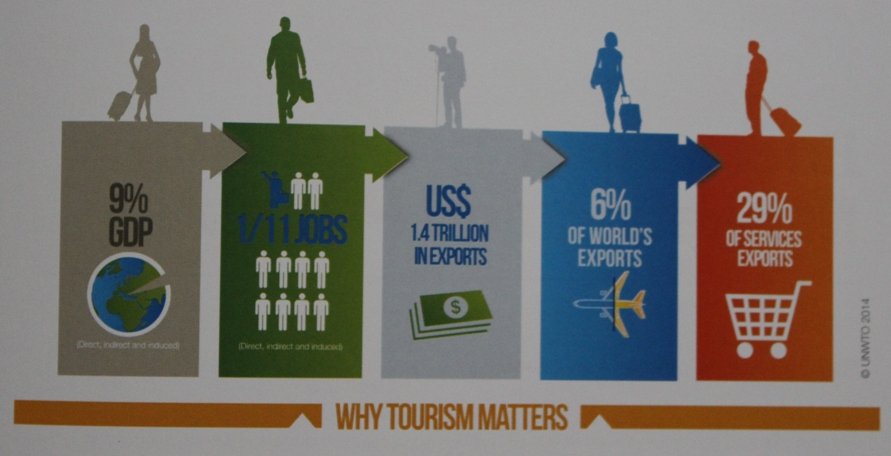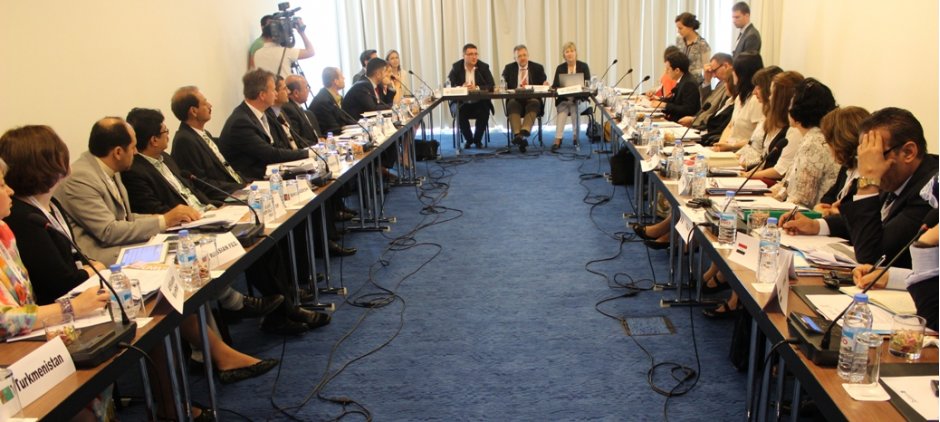The UNWTO Silk Road Task Force, made up of representatives from Member States and other stakeholders, plays a decisive role in determining the key strategies of the UNWTO Silk Road Programme, as well as driving the implementation and exchange of best practices. A fourth meeting of the Task Force is being held in collaboration with Routes Silk Road in the Georgian capital, Tbilisi.
The UNWTO Silk Road Programme is a collaborative initiative designed to enhance sustainable tourism development along the historic Silk Road route, Alla Peressolova, programme manager, UNWTO Silk Road, told The HUB Daily on the sidelines of the second day of the Routes Silk Road Strategy Summit
According to Peressolova, it aims to maximise the benefits of tourism development for local Silk Road communities, while stimulating investment and promoting the conservation of the route's natural and cultural heritage. Additionally, it is working to foster greater co- operation between Silk Road countries and regions, with the established aim of creating a seamless and memorable Silk Road travel experience, she said.
The meeting, jointly hosted by the UNWTO and the Georgian National Tourism Administration, is discussing a number of topics with the aim of together finding a sustainable future for development across the region and some ideas, including talk of a common Silk Road visa which was raised during the Routes Silk Road Strategy Summit.
In 1994, 19 countries joined UNWTO and the United Nations Educational, Scientific and Cultural Organization (UNESCO) in Samarkand, Uzbekistan, to launch the Samarkand Declaration. This was a milestone event for Silk Road tourism, with the Declaration calling for “...a peaceful and fruitful rebirth of these legendary routes as one of the world’s richest cultural tourism destinations”.

Twenty years later, an increasing number of stakeholders are working together to foster tourism development along the Silk Road. The results are notable: trans-boundary tourism projects are growing, trade and consumer interest in the Silk Road continues to rise and the UNWTO Silk Road Programme already works with over 30 Member States.
Over the last twenty years, tourism has grown to become one of the most important global economic sectors; a sector that drives growth and development, creates millions of jobs, spurs exports and investment, and transforms the lives of countless people for the better. Over one billion international tourists now travel the world every year, up from 508 million in 1994. By 2030, UNWTO forecasts international arrivals to reach 1.8 billion.
To maximise the opportunities arising from tourism’s growth among Silk Road destinations, a number of key challenges remain to be addressed, according to Peressolova, including visa facilitation and connectivity. “Despite the significant progress made in recent years, destinations around the world still require a visa from about two-thirds of the world ́s population (66%) prior to travel,” she said, adding “we must work together to improve the policies and processes governing visas, particularly if Silk Road destinations are to benefit from the growing source markets of China, Russia and India."

On the issue of connectivity, UNWTO has made it a priority to bridge air transport and tourism policies globally, considering that over half of the world’s international tourists arrive to their destinations by air. Improved policy alignment and further liberalisation along the Silk Road will likely lead to growth in both sectors.
"Finally, as we celebrate the 20th anniversary of the Samarkand Declaration, we cannot forget the overarching challenge of sustainability. It is up to us to shoulder this responsibility and place sustainability and ethics at the core of tourism development along the Silk Road. I am confident that with the input, engagement and support of our Member States, partners and industry, we will achieve great success on the Silk Road throughout the 2014/2015 period of our new Action Plan,” concluded Peressolova.





